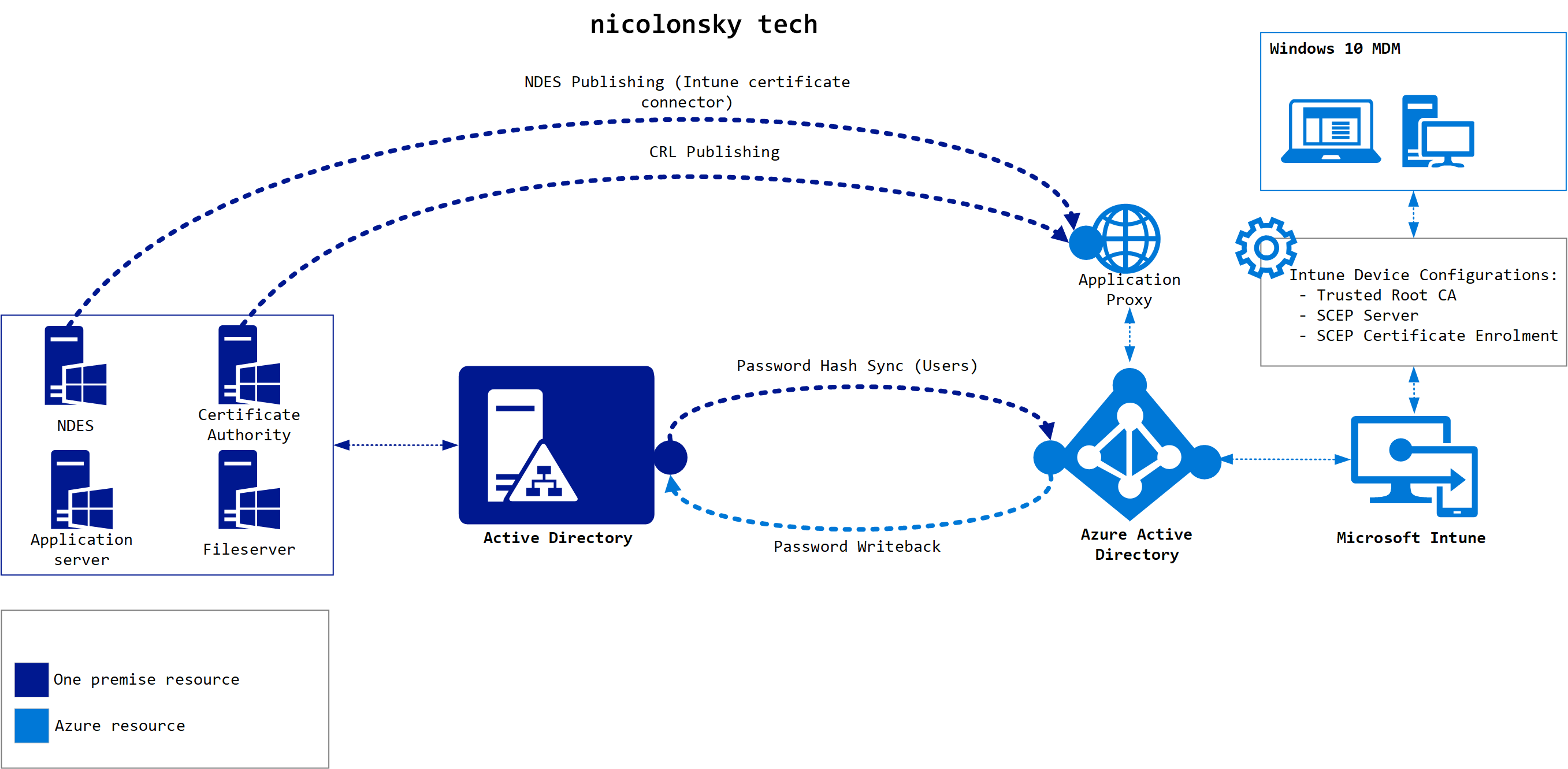

Select Devices > Configuration profiles > Create profile. Sign in to the Microsoft Intune admin center. This can be safely ignored when policy is being successful applied (and enforced).
Endpoint security Account protection policy: Account protection policies include some of the settings used by Windows Hello.ĭue to how Intune determines the scope and applicability of Windows Hello for Business policy, the device may log Event ID 454 as a result of applying policy. Security baselines: Some settings for Windows Hello can be managed by security baselines like the baselines for Microsoft Defender for Endpoint security or Security Baseline for Windows 10 and later. During device enrollment: Manage Windows Hello when a device enrolls with a tenant-wide policy. In addition to use of an Identity protection profile, Intune supports the following options to manage settings for Windows Hello for Business: Allow gestures, such as a fingerprint, that users can (or can't use) to sign in to devices.  Set device PIN requirements, including a minimum or maximum PIN length. Enable Windows Hello for Business for devices and users. For example, you can use these settings to:
Set device PIN requirements, including a minimum or maximum PIN length. Enable Windows Hello for Business for devices and users. For example, you can use these settings to: 
Intune includes built-in settings so Administrators can configure and use Windows Hello for Business. Windows Hello for Business is a method for signing in to Windows devices by replacing passwords, smart cards, and virtual smart cards.
Azure AD Premium subscription – optional, needed for automatic MDM enrolment when the device joins Azure Active Directoryġ.Use an Identity protection profile to manage Windows Hello for Business on groups of devices in Microsoft Intune. Modern Management (Intune or supported third-party MDM), optional. Users can inadvertently expose their passwords due to phishing attacks. Passwords are subject to replay attacks. Server breaches can expose symmetric network credentials (passwords). Strong passwords can be difficult to remember, and users often reuse passwords on multiple sites. Windows Hello addresses the following problems with passwords: Windows Hello for Business lets user authenticate to an Active Directory or Azure Active Directory account. This authentication consists of a new type of user credential that is tied to a device and uses a bio metric or PIN. In Windows 10, Windows Hello for Business replaces passwords with strong two-factor authentication on PCs and mobile devices. Enabling multi factor unlock: face recognition + trusted device (smartphone) or PIN. Devices managed with MEM (Microsoft Endpoint Manager) – Intune.







 0 kommentar(er)
0 kommentar(er)
